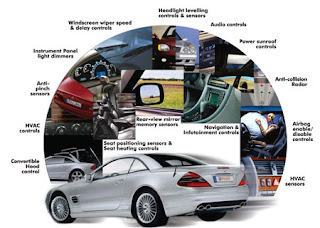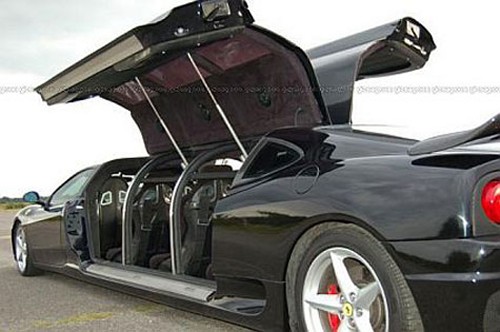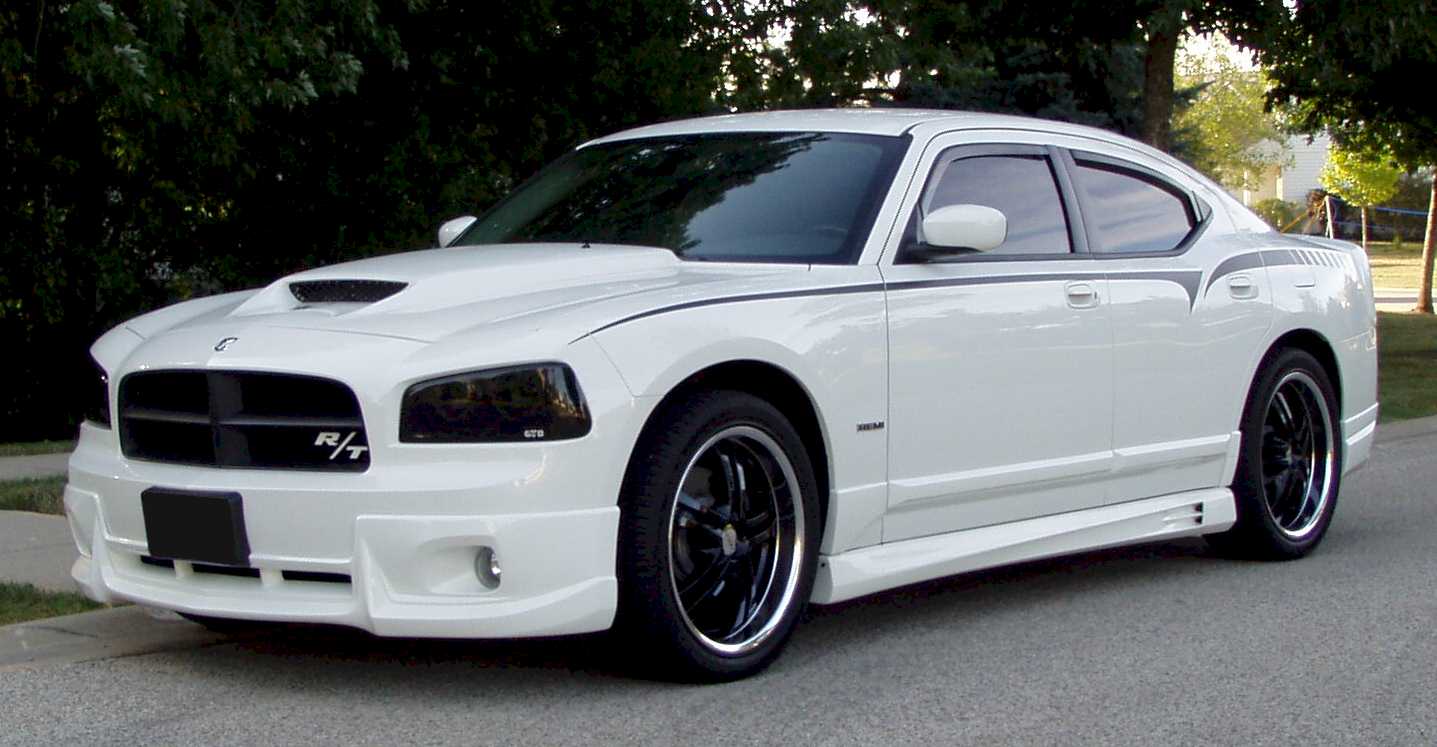
1.1. ASTM. -- The American Society for Testing and Materials means the national voluntary consensus standards organization formed for the development of standards on characteristics and performance of materials, products, systems, and services, and the promotion of related knowledge.
1.2. Antiknock Index (AKI). -- means the arithmetic average of the Research Octane Number (RON) and Motor Octane Number (MON): AKI = (RON+MON)/2. This value is called by a variety of names, in addition to antiknock index, including: octane rating, posted octane, (R+M)/2 octane.
1.4. Automotive Gasoline, Automotive Gasoline-Oxygenate Blend. -- means a type of fuel suitable for use in spark ignition automobile engines and also commonly used in marine and non-automotive applications.
1.5. Aviation Gasoline. -- means a type of gasoline suitable for use as a fuel in an aviation spark-ignition internal combustion engine.
1.6. Aviation Turbine Fuel. -- means a refined middle distillate suitable for use as a fuel in an aviation gas turbine internal combustion engine.
1.7. Base Gasoline. -- means all components other than ethanol in a blend of gasoline and ethanol.
1.8. Biodiesel. -- means a blend consisting of diesel fuel and a substantial amount of esterified animal fats and/or vegetable oil(s).
1.9. Cetane Index. -- means an approximation of the cetane number of distillate diesel fuel, which does not contain a cetane improver additive, calculated from the density and distillation measurements.
1.10. Cetane Number. -- means a numerical measure of the ignition performance of a diesel fuel obtained by comparing it to reference fuels in a standardized engine test.
1.11. Compressed Natural Gas (CNG). -- means natural gas which has been compressed and dispensed into fuel storage containers and is suitable for use as an engine fuel.
1.12. Denatured Fuel Ethanol. -- means "ethanol" as defined in § 1.19. below.
1.13. Diesel Fuel. -- means a refined middle distillate suitable for use as a fuel in a compression-ignition (diesel) internal combustion engine.
1.14. Distillate. -- means any product obtained by condensing the vapors given off by boiling petroleum or its products.
1.15. EPA. -- means the United States Environmental Protection Agency.
1.16. E85 Fuel Ethanol. -- means a blend of ethanol and hydrocarbons of which the ethanol portion is nominally 85 to 75 volume percent denatured fuel ethanol.
1.17. Engine Fuel. -- means any liquid or gaseous matter used for the generation of power in an internal combustion engine.
1.18. Engine Fuels Designed for Special Use. -- means engine fuels designated by the Director as requiring registration. These fuels normally do not have ASTM or other national consensus standards applying to their quality or usability; common special fuels are racing fuels and those intended for agricultural and other off-road applications.
1.19. Ethanol. -- also known as "Denatured Fuel Ethanol," means nominally anhydrous ethyl alcohol meeting ASTM D 4806 standards. It is intended to be blended with gasoline for use as a fuel in a spark-ignition internal combustion engine. The denatured fuel ethanol is first made unfit for drinking by the addition of Bureau of Alcohol, Tobacco, and Firearms (BATF) approved substances before blending with gasoline.
1.20. Fuel Oil. -- means a refined oil middle distillates, heavy distillates, or residues of refining, or blends of these, suitable for use as a fuel for heating or power generation, the classification of which shall be defined by ASTM D 396.
1.21. Gasoline. -- means a volatile mixture of liquid hydrocarbons generally containing small amounts of additives suitable for use as a fuel in a spark-ignition internal combustion engine.
1.22. Gasoline-Alcohol Blend. -- means a fuel consisting primarily of gasoline and a substantial amount (more than 0.35 mass percent of oxygen, or more than 0.15 mass percent of oxygen if methanol is the only oxygenate) of one or more alcohols.
1.23. Gasoline Gallon Equivalent (GGE). -- Gasoline gallon equivalent (GGE) means 2.567 kg (5.660 lb) of natural gas.
1.24. Gasoline Liter Equivalent (GLE). -- Gasoline liter equivalent (GLE) means 0.678 kg (1.495 lb) of natural gas.
1.25. Gasoline-Oxygenate Blend. -- means a fuel consisting primarily of gasoline along with a substantial amount (more than 0.35 mass percent of oxygen, or more than 0.15 mass percent of oxygen if methanol is the only oxygenate) of one or more oxygenates.
1.26. Kerosene . -- (or "Kerosine") means a refined middle distillate suitable for use as a fuel for heating or illuminating, the classification of which shall be defined by ASTM D 3699.
1.27. Lead Substitute. -- means an EPA-registered gasoline additive suitable, when added in small amounts to fuel, to reduce or prevent exhaust valve recession (or seat wear) in automotive spark-ignition internal combustion engines designed to operate on leaded fuel.
1.28. Lead Substitute Engine Fuel. -- means, for labeling purposes, a gasoline or gasoline-oxygenate blend that contains a "lead substitute."
1.29. Leaded. -- means, for labeling purposes, any gasoline or gasoline-oxygenate blend which contains more than 0.013 g of lead per liter (0.05 g lead per U.S. gal). NOTE: EPA defines leaded fuel as one which contains more than 0.0013 g of phosphorus per liter (0.005 g per U.S. gal), or any fuel to which lead or phosphorus is intentionally added.
1.30. Liquefied Natural Gas (LNG). -- means natural gas that has been liquefied at -126.1 C ( 259 F) and stored in insulated cryogenic tanks for use as an engine fuel.
1.31. Liquefied Petroleum Gas (LPG). -- means a mixture of normally gaseous hydrocarbons, predominantly propane, or butane, or both, that has been liquefied by compression or cooling, or both to facilitate storage, transport, and handling.
1.32. Low Sulfur. -- means low sulfur diesel fuel that meets ASTM D 975 (e.g., Grade Low Sulfur No. 1-D or Grade Low Sulfur No. 2-D) standards. Diesel fuel containing higher amounts of sulfur for off-road use is defined by EPA regulations.
1.33. Low Temperature Operability. -- means a condition which allows the uninterrupted operation of a diesel engine through the continuous flow of fuel throughout its fuel delivery system at low temperatures. Fuels with adequate low temperature operability characteristics have the ability to avoid wax precipitation and clogging in fuel filters.
(Added 1998)(Amended 1999)
1.34. Lubricity. -- a qualitative term describing the ability of a fluid to affect friction between, and wear to, surfaces in relative motion under load. (Added 2003)
1.35. M100 Fuel Methanol. -- means nominally anhydrous methyl alcohol, generally containing small amounts of additives, suitable for use as a fuel in a compression-ignition internal combustion engine.
1.36. M85 Fuel Methanol. -- means a blend of methanol and hydrocarbons of which the methanol portion is nominally 70 to 85 volume percent.
1.37. Motor Octane Number. -- means a numerical indication of a spark-ignition engine fuel's resistance to knock obtained by comparison with reference fuels in a standardized ASTM D 2700 Motor Method engine test.
1.38. Oxygen Content of Gasoline. -- means the percentage of oxygen by mass contained in a gasoline.
1.39. Oxygenate. -- means an oxygen-containing, ashless, organic compound, such as an alcohol or ether, which can be used as a fuel or fuel supplement.
1.40. Reformulated Gasoline. -- means a volatile mixture of liquid hydrocarbons and oxygenates meeting the reformulated gasoline requirements of the Clean Air Act Amendments of 1990 and suitable for use as a fuel in a spark-ignition internal combustion engine.
1.41. Research Octane Number. -- means a numerical indication of a spark-ignition engine fuel's resistance to knock obtained by comparison with reference fuels in a standardized ASTM D 2699 Research Method Engine Test.
1.42. SAE. -- means the Society of Automotive Engineers, a technical organization for engineers, scientists, technicians, and others in positions that cooperate closely in the engineering, design, manufacture, use, and maintainability of self-propelled vehicles.
1.43. Substantially Similar. -- means the EPA's "Substantially Similar" rule, Section 211 (f) (1) of the Clean Air Act [42 U.S.C. 7545 (f) (1)].
1.44. Thermal Stability. --means the ability of a fuel to resist the thermal stress which is experienced by the fuel when exposed to high temperatures in a fuel delivery system. Such stress can lead to formation of insoluble gums or organic particulates. Insolubles (e.g., gums or organic particulates) can clog fuel filters and contribute to injector deposits.
(Added 1998)(Amended 1999)
1.45. Total Alcohol. -- means the aggregate total in volume percent of all alcohol contained in any fuel defined in this Chapter.
1.46. Total Oxygenate. -- means the aggregate total in volume percent of all oxygenates contained in any fuel defined in this Chapter.
1.47. Unleaded. -- in conjunction with "engine fuel" or "gasoline" means any gasoline or gasoline-oxygenate blend to which no lead or phosphorus compounds have been intentionally added and which contains not more than 0.013 gram of lead per liter (0.05 g lead per U.S. gal) and not more than 0.0013 gram of phosphorus per liter (0.005 g phosphorus per U.S. gal).
1.48. Wholesale Purchaser Consumer. - means any person who is an ultimate gasoline consumer of fuel methanol, fuel ethanol, diesel fuel, biodiesel, fuel oil, kerosene, aviation turbine fuels, natural gas, compressed natural gas, or liquefied petroleum gas and who purchases or obtains the product from a supplier and receives delivery of that product into a storage tank.
(Added 1998)(Amended 1999)




























